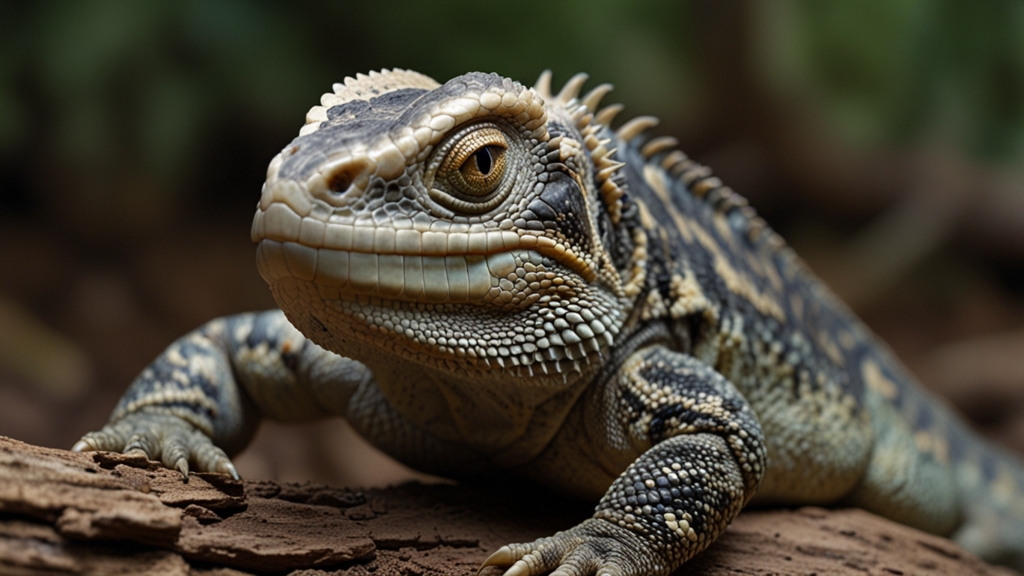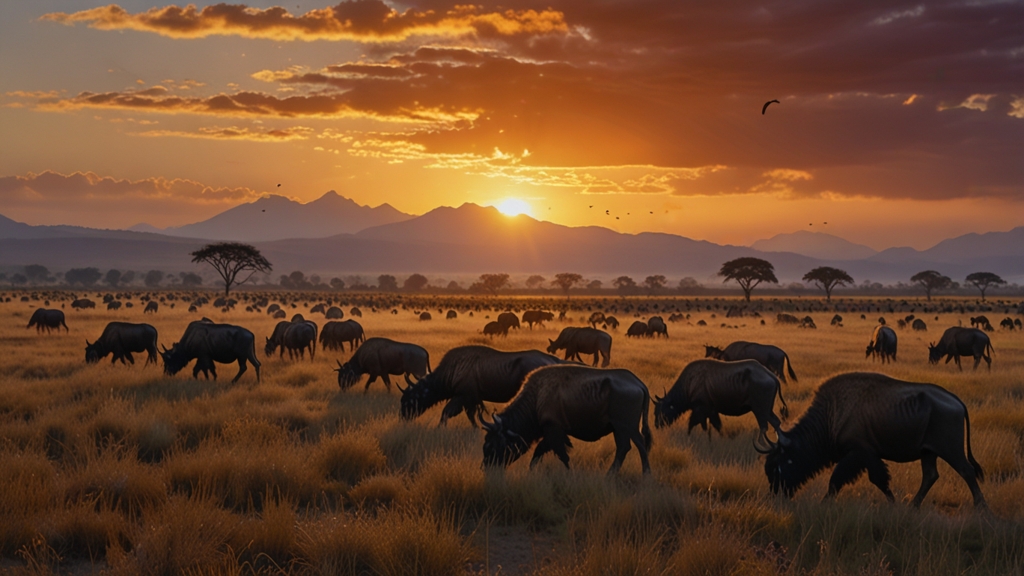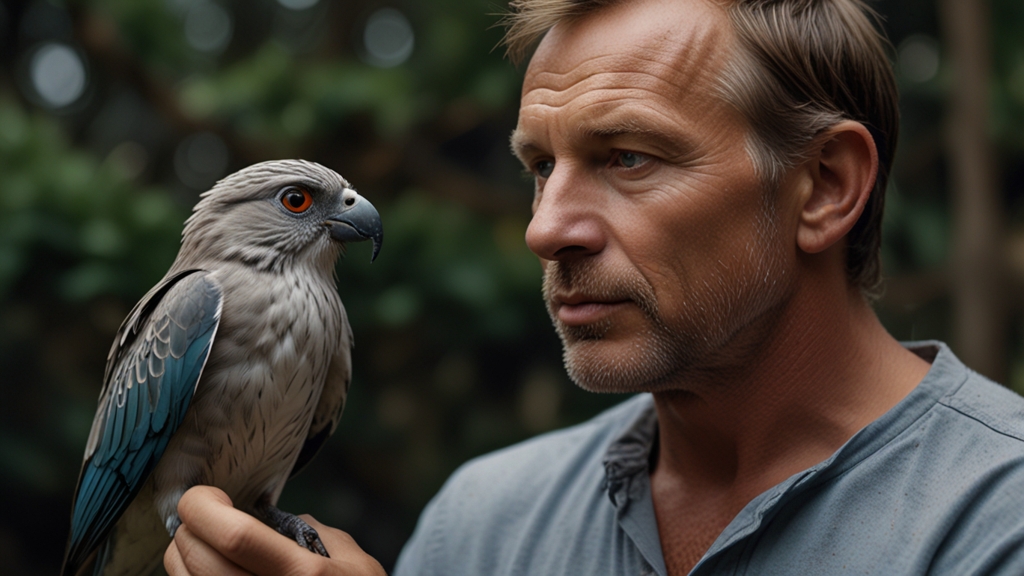Endangered Wonders: Meet the Animals on the Edge of Survival
Our planet is teeming with diverse ecosystems and countless species, each playing a crucial role in maintaining the delicate balance of nature. However, numerous species today find themselves on the cusp of extinction, victims of habitat destruction, climate change, poaching, and other human-induced threats. In this article, we'll introduce you to some of the most endangered animals on the planet, highlighting their plight and the urgent need for conservation efforts.
The Majestic Amur Leopard
The Amur leopard (Panthera pardus orientalis) is one of the most critically endangered big cats in the world. Native to the temperate forests of the Russian Far East and northeastern China, this elusive and solitary predator is known for its stunning, dense coat and exceptional agility. Yet, fewer than 100 individuals remain in the wild.
The Amur leopard's survival is threatened by habitat loss due to logging and human encroachment, poaching for their beautiful fur, and depletion of their prey species. Conservation organizations are working tirelessly to protect their habitat and curb poaching activities.
The Gentle Giants: Mountain Gorillas
Mountain gorillas (Gorilla beringei beringei) inhabit the lush, forested mountains of central Africa, primarily in Rwanda, Uganda, and the Democratic Republic of Congo. These gentle giants share 98% of their DNA with humans and exhibit complex social behaviors and strong family bonds.
Despite their strength and resilience, mountain gorillas are critically endangered, with just over 1,000 individuals remaining. They face severe threats from habitat destruction, poaching, and diseases, often transmitted by humans. Efforts to save them include anti-poaching patrols, habitat restoration, and ecotourism initiatives that raise funds and awareness for their conservation.
The Curious Vaquita
The vaquita (Phocoena sinus) is the smallest and most endangered marine mammal in the world. This shy porpoise resides in the northern part of the Gulf of California, Mexico. With fewer than 20 individuals believed to be left, the vaquita's situation is dire.
The primary threat to the vaquita is entanglement in illegal gillnets used for fishing another endangered species, the totoaba fish, whose swim bladder fetches high prices in the black market. Urgent international intervention and robust enforcement of fishing regulations are critical to prevent the vaquita's extinction.
The Iconic Javan Rhino
The Javan rhino (Rhinoceros sondaicus) once roamed across Southeast Asia, but now only about 75 individuals remain, confined to Ujung Kulon National Park in Indonesia. These solitary herbivores prefer dense, lowland rainforests and have a keen sense of smell to navigate their lush habitat.
Conservation efforts focus on habitat protection, scientific research, and strengthening anti-poaching measures. The hope is to expand their habitat and possibly establish a second population to reduce the risk of extinction from natural disasters or disease outbreaks.
Time is Running Out
The survival of these endangered wonders hinges on immediate and concerted conservation actions. Governments, conservation organizations, and individuals must collaborate to implement sustainable practices, enforce wildlife protection laws, and promote awareness of the importance of biodiversity.
While the challenges are formidable, success stories such as the comeback of the giant panda and the bald eagle remind us that recovery is possible with dedicated effort. By supporting conservation initiatives and advocating for environmental protection, we can help ensure these incredible species continue to thrive for generations to come.










